Plan Info
The Book Of RevelationSample
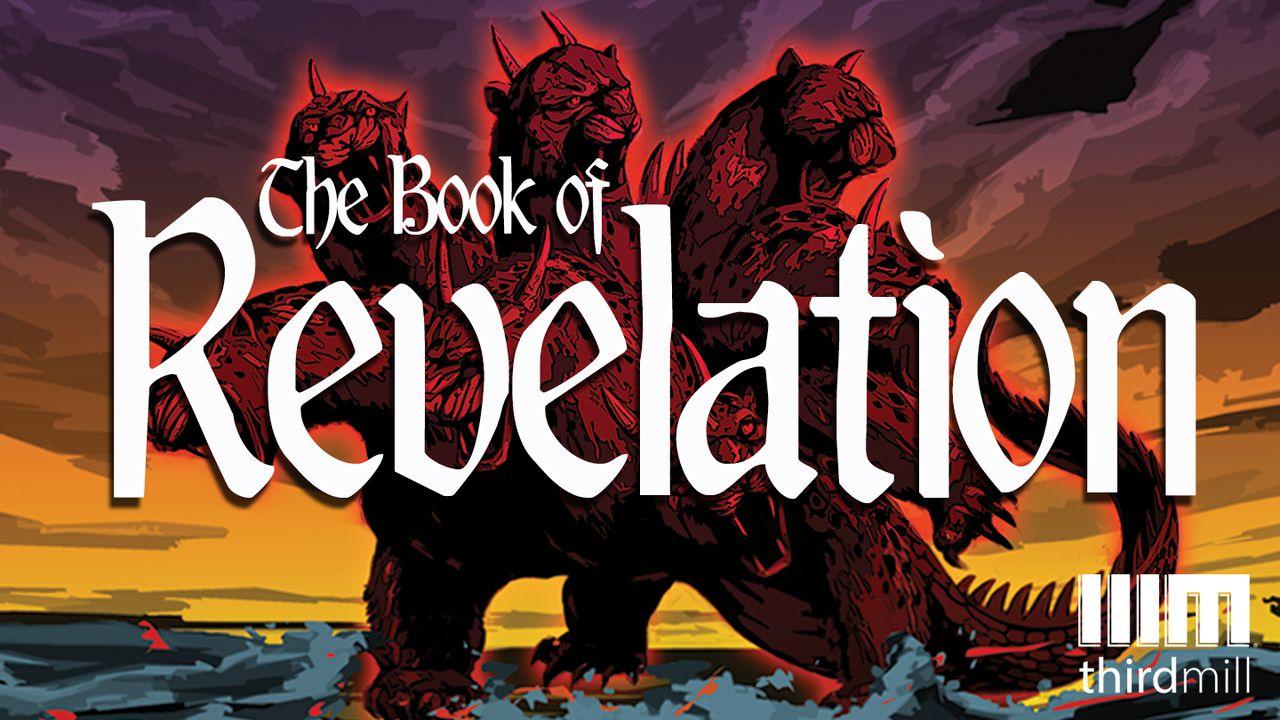
Letters to the Seven Churches: Revelation 2:1-29
Christ addressed letters to seven churches located in Asia Minor, which is the western portion of modern Turkey. He arranged the letters in the order a person delivering them might travel. He wrote first to the coastal city of Ephesus, then to Smyrna to the North, then to Pergamum even further north. Next, he looked in a southeastern direction addressing letters to Thyatira, then Sardis, then Philadelphia, then Laodicea. These letters record the words Jesus spoke in his heavenly courtroom, and were designed to help the churches understand and respond to the visions that followed.
Beginning with the letter to Ephesus in Revelation 2:1-7, John introduced Jesus as the one who holds seven stars in his right hand as he walks among the seven golden lampstands. This description emphasized the light of Christ’s glory and power.
As their king, Jesus gave a mixed evaluation of the church in Ephesus. They had commendable zeal for sound doctrine, and didn’t tolerate wicked behavior. They were specifically said to have hated the practices of the Nicolaitans, a very early heretical group that may have mixed Christian faith with pagan eroticism. But the Ephesian church also received a strong criticism. In Revelation 2:4 Jesus told them that they had forsaken their first love; they had lost their enthusiasm and zeal for Christ and his kingdom. So, Christ warned them that if they didn’t repent and return to their earlier enthusiasm, he would remove their lampstand — their symbol of honor in heaven. In other words, they would be disciplined and perhaps even disbanded.
The letter to the church at Smyrna appears in Revelation 2:8-11. It opens with a description of Jesus as “the First and the Last, who died and came to life again.” This description identified Christ as the one who created all things, and as the focal point of creation’s final destiny.
This is one of only two letters that doesn’t include a rebuke for wrongdoing. It focuses entirely on sympathy and understanding for the church in Smyrna, which faced serious persecution, probably because of unbelieving Jews.
Despite the problems the Jews in Smyrna created for the church, Jesus exhorted his followers to faithfulness, and encouraged them to trust him because he had overcome death.
Next, Christ addressed the church in Pergamum in Revelation 2:12 -17. In this letter, John introduced Christ as the one who “has the sharp, double-edged sword.” Jesus’ words are razor-sharp, able to judge between right and wrong. And this was directly relevant because his evaluation of the church was both positive and negative.
Consider what Jesus said in Revelation 2:13 and 14:
You did not renounce your faith in me, even in the days of Antipas, my faithful witness, who was put to death in your city — where Satan lives. Nevertheless, I have a few things against you.
Jesus followed his commendation with a rebuke: the church had failed to reject the Nicolaitans, as well as teachings that were associated with Balaam. These false teachers led many into pagan revelry and immorality. And Christ warned that he would discipline the church if they didn’t repent.
The letter to the church in Thyatira appears in Revelation 2:18-29. Here, John described Jesus as a purifying fire, with eyes like blazing fire and feet like burnished bronze. This description relates directly to the letter’s content, because the church at Thyatira needed to be refined and purified.
In Revelation 2:19-20, Jesus had this to say:
I know your deeds, your love and faith, your service and perseverance, and that you are now doing more than you did at first. Nevertheless, I have this against you: You tolerate that woman Jezebel, who calls herself a prophetess. By her teaching she misleads my servants.
Unlike the church in Ephesus, the Thyatirans hadn’t lost their first love for Christ. Instead, their love had actually increased. But they tolerated the false teaching of a particular woman, whom Jesus pejoratively called “Jezebel.” Just like the infamous Queen Jezebel who appears in 1 and 2 Kings, this woman seduced people into sexual immorality and idolatry — two closely related practices among pagans in Asia Minor. Jesus warned this church to reject these false teachings and to remain faithful to him.
Scripture
About this Plan
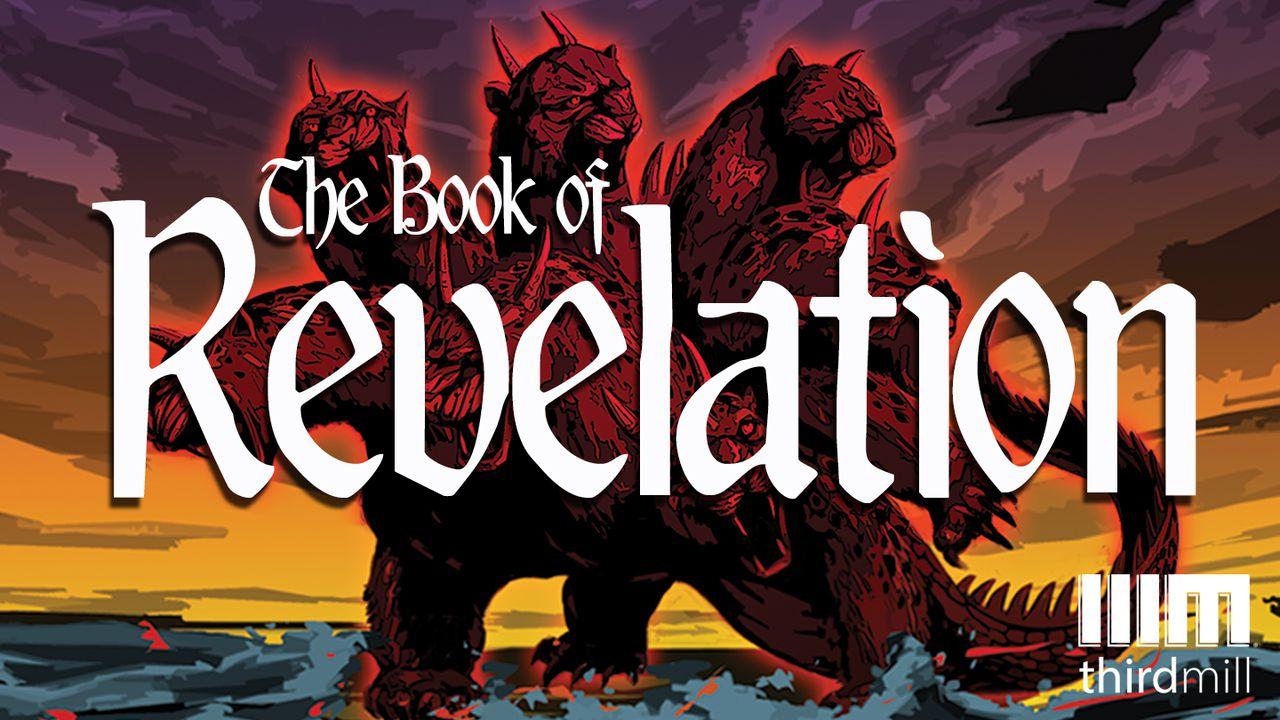
This reading plan will introduce you to the background and primary message of the Book of Revelation. It also explores the structure, content, original meaning and modern application of the Book of Revelation.
We would like to thank Third Millennium Ministries for providing this plan. For more information, please visit: http://thirdmill.org
Related Plans
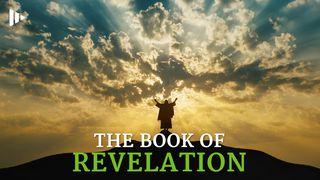
The Book of Revelation: Video Devotions From Time Of Grace
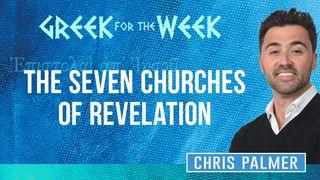
Greek For The Week: The Seven Churches Of Revelation
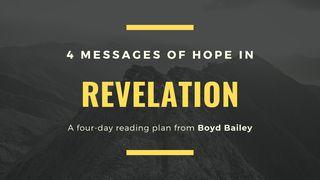
4 Messages Of Hope In Revelation

Before The Wrath
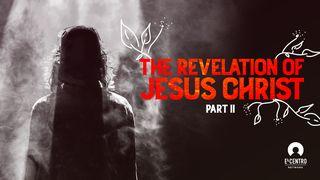
The Revelation of Jesus Christ 2
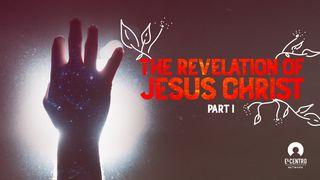
The Revelation of Jesus Christ 1
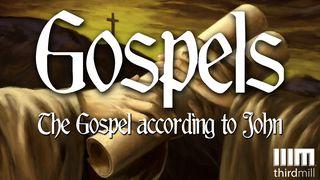
The Gospel According To John
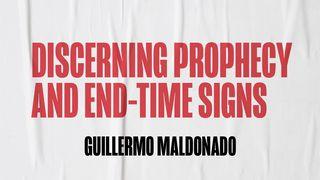
Discerning Prophecy And End-Time Signs
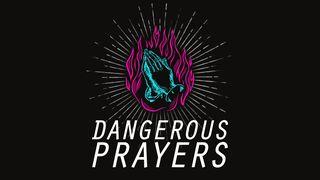
Dangerous Prayers
